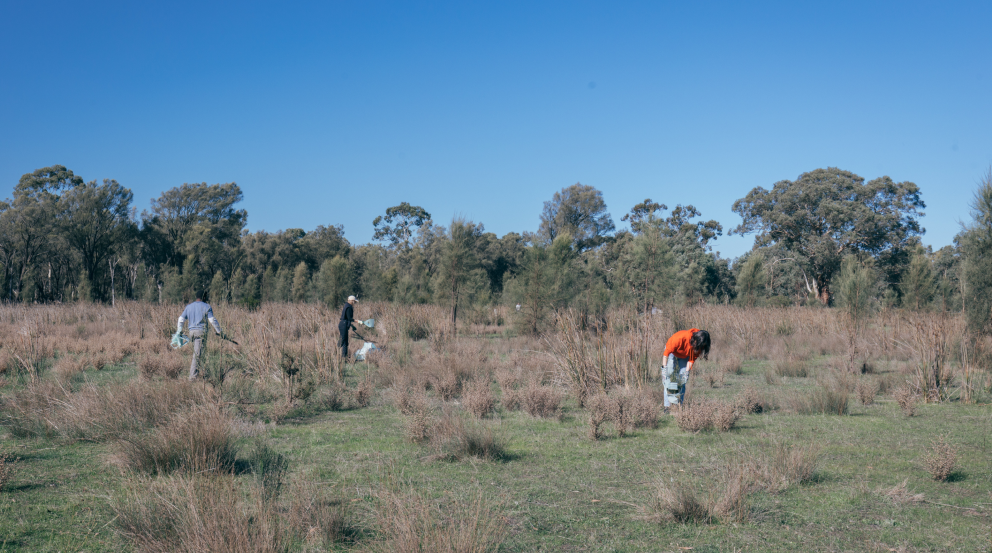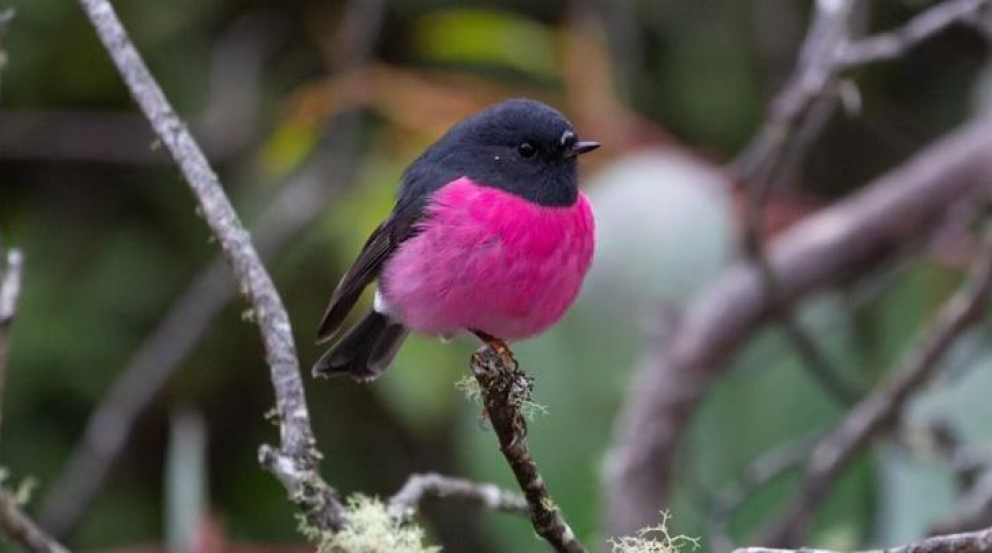Sustainability-focused architect and Bank Australia customer Stephen Choi helps people make their homes more efficient, more resilient, and cheaper to run. To mark Sustainable House Day this year, we asked Stephen for his top environmental tips for homeowners on a budget. The good news? Some of these won’t cost you a cent.
Most of us want to make our homes more sustainable, but we’re also conscious of money. Especially these days, with the cost of living going through the (well-insulated) roof.
With Sustainable House Day just around the corner, we sat down with sustainability consultant and qualified architect Stephen Choi, to get his top hacks for environment- and wallet-friendly home design.
The good news? With just a few small tweaks, you can make your home not only more energy efficient, but also way cheaper to run.

Tip 1: “What makes it your home?”
Stephen says the first thing he does, before anything else, is ask people: “What is it about your home that makes it your home?” How do you use it? How do you want to use it?
“I was working with one lady,” he says, “and she had extremely high heating and cooling bills. She was told to get a better air-conditioner, but when I went to visit her, it turned out the problem was crochet.”
Yes, crochet. This lady liked to have her friends over every Wednesday to knit. Due to poor lighting in the living room, they did their crocheting in the garage, which – while having much better lighting – was draughty and took a lot to heat. In the end, all Stephen did was change a lightbulb, so her friends could knit in the well-insulated living room. It cost $25 instead of $2700, and her bills dropped dramatically.
Tip 2: “Get a home energy monitor.”
“Buildings don’t use energy; people do,” says Stephen. “So one thing I recommend to everyone is to get a home energy monitor. They provide real-time and historic electricity usage information, so you can know what devices are using the most power and when. They can cost as little as $50, or if you already have a monitor installed, you might be able to access online monitoring for no upfront cost through your electricity retailer.”
This is a great and relatively cheap hack (see more detail here). Once you find out where your energy is going, you can self-diagnose the obvious leaks, and work to fix them.
Tip 3: “Consider the layout of your house.”
One of Stephen’s philosophies is to get people thinking more about maximising a home’s natural assets.
“A lot of people feel uncomfortable in their homes most of the time – and they don’t have to,” he says. For example, if you’ve got two bedrooms in your house, one on the north side and one on the south side, the northerly room will be warmer, and will hold that warmth better at night. “If your room has been cold all day long, it’ll probably be cold ‘til morning,” Stephen says.
To fix this, try to arrange your living spaces to maximise light, warmth, air flow and liveability. Some small tweaks can dramatically change how a space works – and how much it costs.

Tip 4: “Check for draughts.”
Draughts in windows and doors leak a lot of heat, and compromise your home’s insulation. Stephen recommends some simple draught strips and door seals to plug any obvious gaps. You can pick these up from any hardware store. “We’re talking about the cheapest possible things you can do,” he says.
Tip 5: “Get to know your neighbours.”
It sounds weird, but dropping ‘round the neighbours to borrow some sugar can indirectly help your home. “What we’ve found is that, in communities where people know their neighbours, people are more likely to leave blinds and windows open, which provides fresh air and ventilation without an air conditioner,” Stephen says.
“It’s so simple. By doing this, you’re reducing loneliness, you’re shrinking your cooling bills, and you’re feeling more at home in your community.”
Tip 6: “Embrace insulation.”
Stephen says the best thing you can do to keep your house cool in summer and warm in winter is insulation. And there are a few ways to tackle it. Stopping draughts is the cheapest step. Next, you should focus on floor and ceiling insulation. And finally, walls and windows (wall insulation tends to be more expensive and complicated, due to power points and cables).
“I had one client who was using huge amounts of hot water,” he says, “and it turned out they were taking 40-minute showers every day. They were just freezing in their home! All we had to do was upgrade the insulation, not the hot water system.”

Tip 7: “Consider your garden layout.”
Your garden is more than just fuzzy green background. It can influence your energy use, and even the internal temperature of your home. Stephen recommends arranging your garden to maximise each plant’s natural strengths. “Irrigation pumps can drain a huge amount of energy,” he says, “so think about drought resistant plants, especially natives. It’s also cheaper to arrange plants with similar watering needs next to each other, which cuts down on irrigation.”
When it comes to trees, consider planting deciduous trees on the northern side of your property. These will provide shade in summer, when you need it, and drop their leaves in winter, letting the valuable sunlight in. Think of it as nature’s way to help you through the seasons, with minimal maintenance costs.
“External shading controls the amount of sunlight entering your home, and also manages glare,” Stephen says. “It’s such a simple thing to do, and there are generally no moving parts.”
Making your home more energy efficient can also shrink your mortgage. Check out our Clean Energy Home Loans for more info. If you need some inspo, meet Sarah Lawson, a Bank Australia customer who turned her 1950s weatherboard into a gas-free, clean energy home.
Renting? Check out these energy efficient and electric home tips



.png)




.webp)